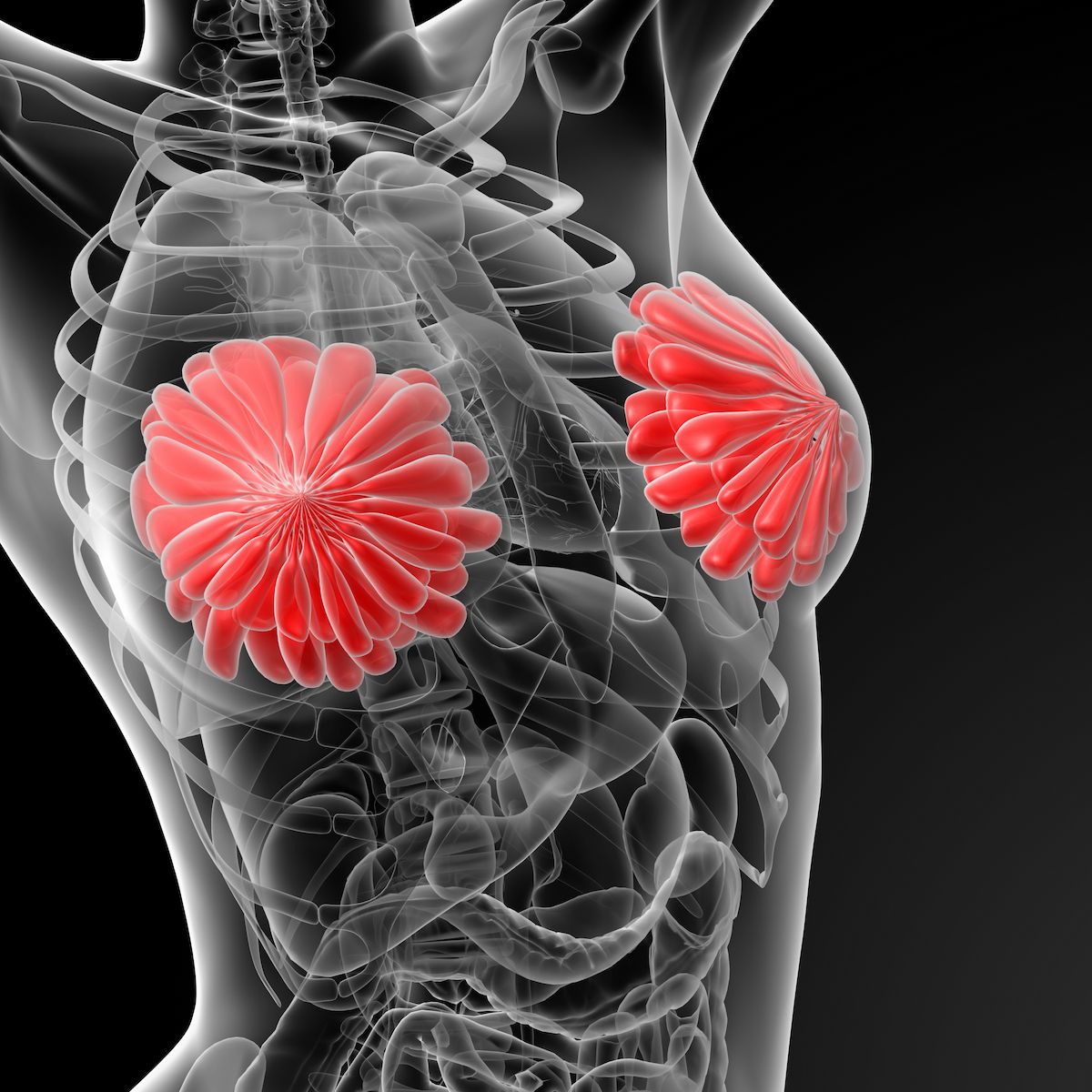T-DXd Earns FDA Priority Review in Pretreated HER2-Low Breast Cancer
Data from DESTINY-Breast06 support the priority review designation for T-DXd as a treatment for HER2-low or HER2-ultralow breast cancer.
The FDA has set a Prescription Drug User Fee Act date for the first quarter of 2025 to approve T-DXd in this patient population.

The FDA has granted priority review to trastuzumab deruxtecan-nxki (T-DXd; Enhertu) for adults with unresectable or metastatic HER2-low or HER2-ultralow breast cancer previously treated with at least 1 type of endocrine therapy in the metastatic setting, according to a press release from the developers, AstraZeneca and Daiichi Sankyo.1
The FDA has set a Prescription Drug User Fee Act date for the first quarter of 2025 to approve T-DXd in this patient population.
“This priority review highlights the potential to expand the existing indication of [T-DXd] in HER2-low metastatic breast cancer to include use in an earlier disease setting as well as in a broader patient population that includes HER2-ultralow,” Ken Takeshita, global head of Research and Development at Daiichi Sankyo, said in the press release.1 “We look forward to working closely with the FDA with the goal of bringing [T-DXd] to more patients as quickly as possible.”
Supporting findings for the priority review designation came from the phase 3 DESTINY-Breast06 trial (NCT04494425) evaluating treatment with T-DXd vs investigator’s choice of chemotherapy among patients with hormone receptor (HR)–positive, HER2-low or HER2-ultralow advanced or metastatic breast cancer. Investigators presented updated findings from DESTINY-Breast06 at the 2024 American Society of Clinical Oncology (ASCO) Annual Meeting.2
Data showed a median progression-free survival (PFS) of 13.2 months with T-DXd compared with 8.1 months using chemotherapy among patients with HER2-low disease (HR, 0.62; 95% CI, 0.51-0.74; P <.0001). Across the intent-to-treat (ITT) population, the median PFS was 13.2 months vs 8.1 months in each respective arm (HR, 0.63; 95% CI, 0.53-0.75; P <.0001). For those with HER2-ultralow disease, data showed a median PFS of 13.2 months vs 8.3 months in each arm (HR, 0.78; 95% CI, 0.50-1.21).
In the T-DXd and chemotherapy arms, respectively, the confirmed objective response rate (ORR) was 56.5% vs 32.2% among patients with HER2-low disease, 57.3% vs 31.2% in the ITT population, and 61.8% vs 26.3% in the HER2-ultralow subgroup.
Overall, 98.8% and 95.2% of patients in the T-DXd and chemotherapy arms, respectively, had any-grade treatment-emergent adverse effects (TEAEs). The most common any-grade drug-related TEAEs in each arm included nausea (65.9% vs 23.5%), fatigue (46.8% vs 34.3%), and alopecia (45.4% vs 19.4%).
“Including HER2-ultralow [disease], the proportion of patients who could benefit from T-DXd will be close to 85% in hormone receptor–positive, HER2-negative breast cancer,” lead study author Giuseppe Curigliano, MD, PhD, a professor of Medical Oncology at the University of Milan and the Head of the Division of Early Drug Development at the European Institute of Oncology, IRCCS, Italy, said in a presentation of these data at ASCO.
In the multi-center, open-label DESTINY-Breast06 trial, patients with HER2-low or HER2-ultralow metastatic breast cancer were randomly assigned 1:1 to receive T-DXd at 5.4 mg/kg every 3 weeks (n = 436) or investigator’s choice of chemotherapy (n = 430). Treatment in the comparator arm consisted of capecitabine (Xeloda), nab-paclitaxel, or paclitaxel.
The trial’s primary end point was PFS in the HER2-low population. Secondary end points included PFS in the ITT population and overall survival in the HER2-low and ITT populations.
The FDA previously granted breakthrough therapy designation to T-DXd for unresectable or metastatic HR-positive, HER2-low, or HER2-ultralow breast cancer in August 2024 based on findings from DESTINY-Breast06.3
“The results from DESTINY-Breast06 show that [T-DXd] has the potential to evolve the current HR-positive treatment landscape and become the first targeted treatment for patients with HER2-low or HER2-ultralow expression following endocrine therapy,” Susan Galbraith, executive vice president of Oncology Research and Development at AstraZeneca, concluded.1
References
- Enhertu granted Priority Review in the US for patients with HER2-low or HER2-ultralow metastatic breast cancer who have received at least one line of endocrine therapy. News release. AstraZeneca. October 1, 2024. Accessed October 1, 2024. https://tinyurl.com/bdh6vdad
- Curigliano G, Hu X, Dent RA, et al. Trastuzumab deruxtecan (T-DXd) vs physician’s choice of chemotherapy (TPC) in patients (pts) with hormone receptor-positive (HR+), human epidermal growth factor receptor 2 (HER2)-low or HER2-ultralow metastatic breast cancer (mBC) with prior endocrine therapy (ET): primary results from DESTINY-Breast06 (DB-06). J Clin Oncol. 2024;42(suppl 17):LBA1000. doi:10.1200/JCO.2024.42.17_suppl.LBA1000
- ENHERTU® granted breakthrough therapy designation in U.S. for certain patients with HER2 low or HER2 ultralow metastatic breast cancer. News release. Daiichi Sankyo. August 19, 2024. Accessed October 1, 2024. https://tinyurl.com/2k9bfnp2
Newsletter
Stay up to date on recent advances in the multidisciplinary approach to cancer.